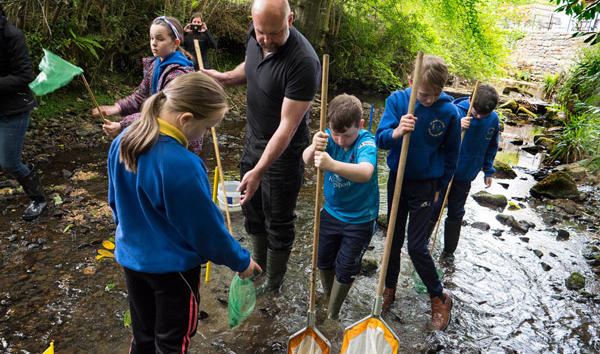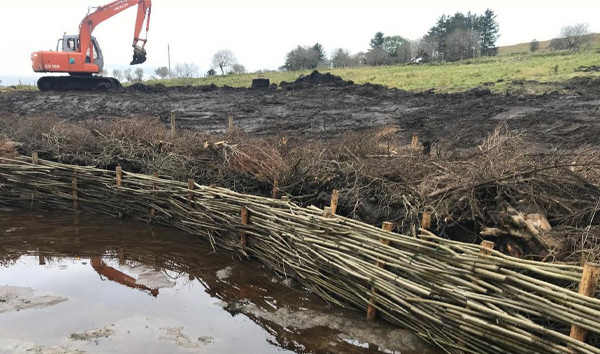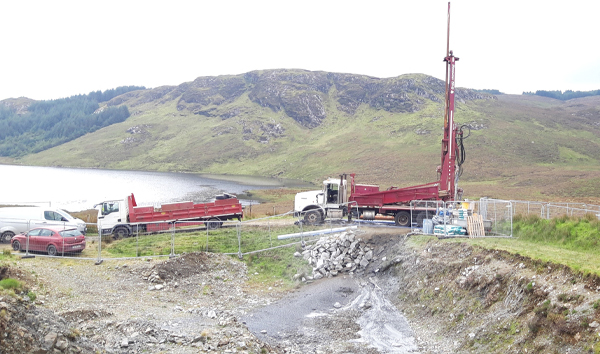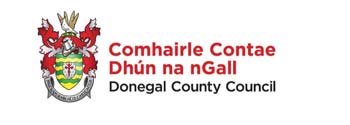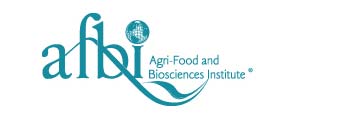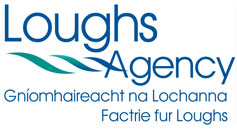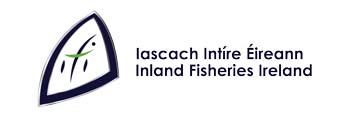





Welcome to the CatchmentCARE Legacy Website
Here you will discover a selection of valuable resources, including videos, maps, publications, Catchment storyboards and reports. These document the learning and insights gained over five years (2018-2023) of the CatchmentCARE project. These resources outline our approach to sustainable, cross-border catchment management which was designed to protect and improve local water bodies.
Funded by the European Union’s INTERREG VA Programme in the amount of €13.8million, which is managed by the Special EU Programmes Body, the CatchmentCARE project aimed to improve freshwater quality in the Finn, Blackwater and Arney river catchments through the development of water quality improvement projects. The project also included the installation of fifty boreholes across the region to monitor water quality. The Project also provided a platform for cross border engagement and knowledge sharing between community, governance, policy and scientific shareholders.
Community Action and Outreach
Community actions took place across the Arney, Blackwater and the Finn, where the project supported innovative approaches to Knowledge Exchange. These brought together those with long term visions of sustainable catchment management, whilst supporting projects that included different stakeholders such as farmers, anglers, community groups and local schools. This bottom-up approach took into account local needs, knowledge, experience, and instilled the further commitment of local communities to the protection of their local river systems, catchment and associated water bodies.
Ecosystem Actions
CatchmentCARE also delivered a range of targeted works on river and lake systems. These included a focus on improving in-stream habitats, river connectivity, riparian zones and on reducing the internal loading of phosphorus in lakes. Practical measures undertaken included various in-stream & riparian works in conjunction with landowners and statutory bodies, which will have a measurable effect on the status of water quality in line with current Water Framework Directive (WFD) targets. The project also investigated Chemical Export issues relating to sheep dip and forestry operations and explored mitigating measures to alleviate the pressures of these activities on local rivers. Research was also carried out on local lakes to ascertain the feasibility of phosphorus-fixing using aluminium and iron salts as a remedial action. Another aspect of the project was to explore the impact of wastewater treatment works and diffuse agricultural pollution in each catchment. The focus was on breaking the hydrological connection between the land and water bodies using strategically targeted willow and riparian zones.
Building Resilience
Fifty (50) groundwater monitoring wells were designed and installed across the border region, helping to characterise aquifers and conduct baseline surveys of water quality, whilst investigating the interaction with surface water bodies as a post project legacy. Farm nutrient management practices were also explored and evaluated as part of the project in the form of intensive farmyard studies, which resulted in detailed monitoring of farm nutrient practices. A range of soil sampling to ascertain Phosphorus loading on farmland was also carried out on local farms, resulting in detailed nutrient control programmes being developed for participating farmers.
CatchmentCARE Key Themes
Below the four key themes, you will find the information portals for Community Engagement & Education, Farmers & Landowners, Water Professionals – Rivers & Lakes, Water Professionals – Groundwater, where you can enter and explore all the information and resources on this site.
Project Partners
• Donegal County Council, Lead Partner
• Agri-Food and Bioscience Institute
• Inland Fisheries Ireland
• Loughs Agency
• University of Ulster
• Armagh City Banbridge & Craigavon Borough Council
• British Geological Survey
• Geological Survey Ireland
Partners each have key expertise and will focus on aspects of water quality improvements such as Hydromorphology, Water Quality, Catchment Management, Stakeholder Engagement and Groundwater.
Funders
 Donegal County Council as the Lead Partner received approval from the ‘Special EU Programmes Body’ (SEUPB) in November 2017 for the CatchmentCARE Project.
Donegal County Council as the Lead Partner received approval from the ‘Special EU Programmes Body’ (SEUPB) in November 2017 for the CatchmentCARE Project.
The project is funded under the Environment measure of the EU Interreg VA programme with a budget of €13,792,432, including match funding of €2,068,865.37 provided by Governments departments; The Department of Agriculture, Environment and Rural Affairs and The Department of Housing, Planning and Local Government.

